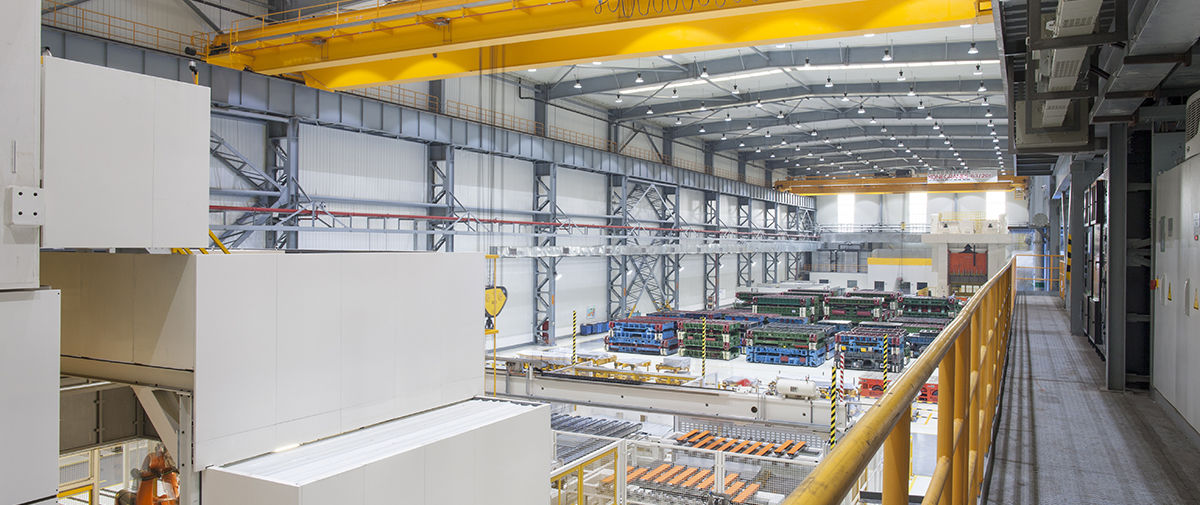Overhead cranes, also known as bridge cranes, offer manufacturing facilities two primary advantages. First, overhead cranes provide excellent hook coverage for a facility. Second, they provide the hook coverage from above, taking very little factory floor space.
Dave Hermanowski, Technical Trainer
To expand on the second point, overhead cranes reduce the need for forklifts, further clearing the factory floor of traffic and obstructions – thus promoting a safer, more efficient working environment.
Overhead cranes are typically used in industrial environments. The design of these cranes features parallel runways on which a traveling bridge moves back and forth the length of a building or any portion of it, as designed. The crane’s hoist moves along the bridge. Through this design, overhead cranes offer three axes of hook motion.
Overhead cranes can be designed to cover large areas of a facility, maximizing efficiency and value for manufacturing operations. They may be expensive but often can pay for themselves by taking the place of several smaller cranes.
They are used in a wide range of industries. The high load capacity of overhead cranes make them especially valuable in the steel industry, where they are used at practically every step in steel production and processing. They also are widely used in the paper industry, power generation and in refineries. In automobile manufacturing and other assembly operations, overhead cranes may be used in tandem with smaller workstation cranes.
Overhead cranes are available in single and double girder construction. Both varieties of overhead cranes facilitate precise hook positioning and load placement, and they each offer advantages. For instance, double girder overhead cranes, in most cases, deliver better hook height.
A variety of hoists are available for overhead cranes. Some models are designed for economical use of space in space-limited buildings. They are designed to allow overhead cranes to operate closer to walls and get as much vertical lift as possible in buildings with limited height clearance. Some hoists provide higher performance operation than others, ideal solutions for high duty-cycle applications.
When searching for an overhead crane partner, consider the amount of experience and the company’s ability to not only manufacture, but also service the cranes.
Learn more about our equipment offering for a variety of industries
